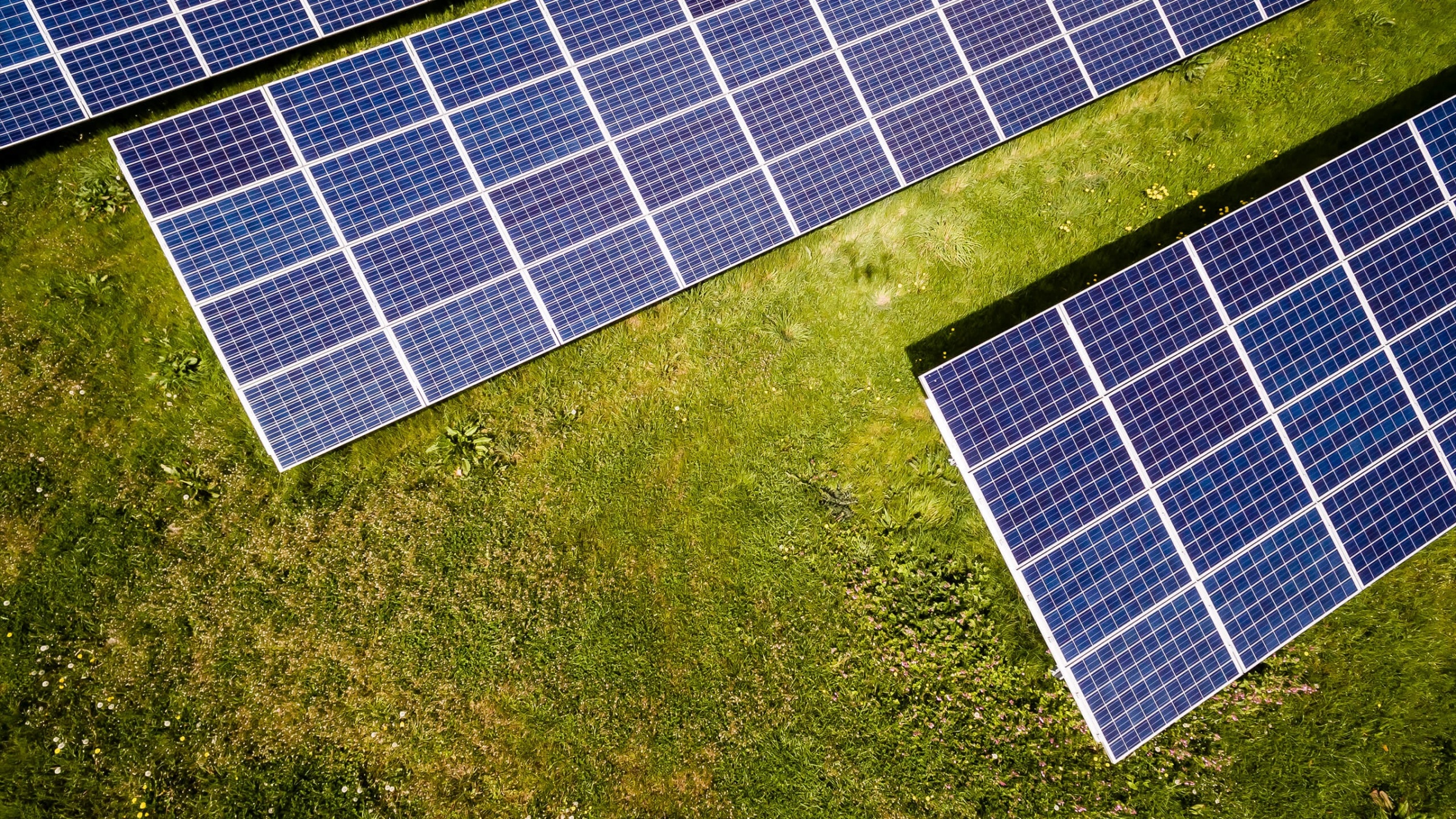Carbon emissions resulting from the use of fossil fuels have majorly impacted the environment and the earth’s temperature. This impact has led to the proliferation of discussion around renewable energy and how renewables can be implemented. Policymakers are striving to halt climate change by incentivizing renewable energy resources and energy storage systems. Energy storage is used to store excess energy produced by any electrical system. This is generally more popular when used in tandem with solar energy, as excess energy is usually absorbed early in the day and then used at night when everyone is home and demand for energy is higher. Energy storage is helpful because it can respond to fluctuations in the grid. Even in the event of a power outage, you could switch over to an energy storage system and to ensure power for your home.
The concept of energy storage is not new. Early examples of energy storage include the kind of batteries which have been in use since the early nineteenth century. But twenty-first century energy storage systems go beyond mere batteries. Energy storage is a path to a cleaner, more dynamic grid. The demand for energy storage has risen, slowly but surely, alongside the popularization of renewables like solar energy. This has led to the development of new and better energy storage solutions.
It’s no secret that the United States uses a ton of energy. In 2017 alone, the US generated 4 billion megawatt-hours of electricity and only had 431 MWh of electricity storage. In the event of a mass blackout throughout the entirety of the United States, not even half of the US would have electricity—based on the amount of storage the US has. Although the US has advanced in the use of renewables, there has been less progress towards the widespread use of battery storage. By the end of 2017, there were 708 MW of large-scale battery storage on the United States energy grid. Many of these were independent of regional organizations that own the battery systems. These organizations are able to control electricity pricing and distribution throughout their customer client base.
A lot of battery storage projects are generally made for short-term energy storage—even in homes. Many homes that do opt for backup energy storage generally only store enough power for one full day. This means that many customers are still connected to—and therefore heavily dependent upon— the energy grid. With these market limitations for energy storage, many small scale storage projects are for residential use.
Here are some of the different energy storage technologies:
Lithium-Ion Batteries
Lithium-ion batteries were originally produced commercially by Sony in the early 1990s. These batteries were generally used for small scale items such as cell phones. Many energy storage developers now use lithium-ion for large-scale batteries and electric vehicles. With the popularity of lithium-ion batteries in energy storage, prices have dropped to $209/kWh. Lithium-ion batteries are one of the most popular battery storage options—making up more than 90% of the global grid battery storage market. Lithium-ion batteries are lightweight, and known for their high energy density. Because of the popularity and functionality of lithium ion batteries, many developing countries use them as a way to power rural areas in their community. As discussed, the lithium-ion battery is, and will continue to be, a popular choice for battery storage as companies aim to create larger systems for more efficient energy storage.
Flywheel
Although flywheels are not suitable for long-term energy storage, they are effective to help shift the loads of electricity. Flywheels have long life cycles, low maintenance costs, quick response times, and a high energy density. Flywheels are generally more popular in the motor industry to help store energy. Vehicles can use the energy to minimize air friction and slow down the wheel. Flywheel technology was first introduced in 2011 and is now used to regulate the grid in the United States. It’s only been in the industry a short time thus far, but flywheel energy storage is expected to grow in popularity in the coming years.
Compressed-Air Energy Storage
Compressed-air storage is a type of energy storage which operates by pumping air into an underground hole. This is often done in a salt cavern during off peak hours, when the price of electricity is lower. With this type of energy storage, the air from underground is released back into the facility when energy is needed. Then the released air is heated, expanding and powering an electricity generator. Through this process gas is released. Although this option does release carbon, the energy output is three times that of natural gases—making it much more energy efficient.
There are many different ways to store energy and help lessen the load on the grid. Interested in a solar system with energy storage? contact YSG Solar today at 212.389.9215 to learn more.
By Kasey Liu
Sources:

